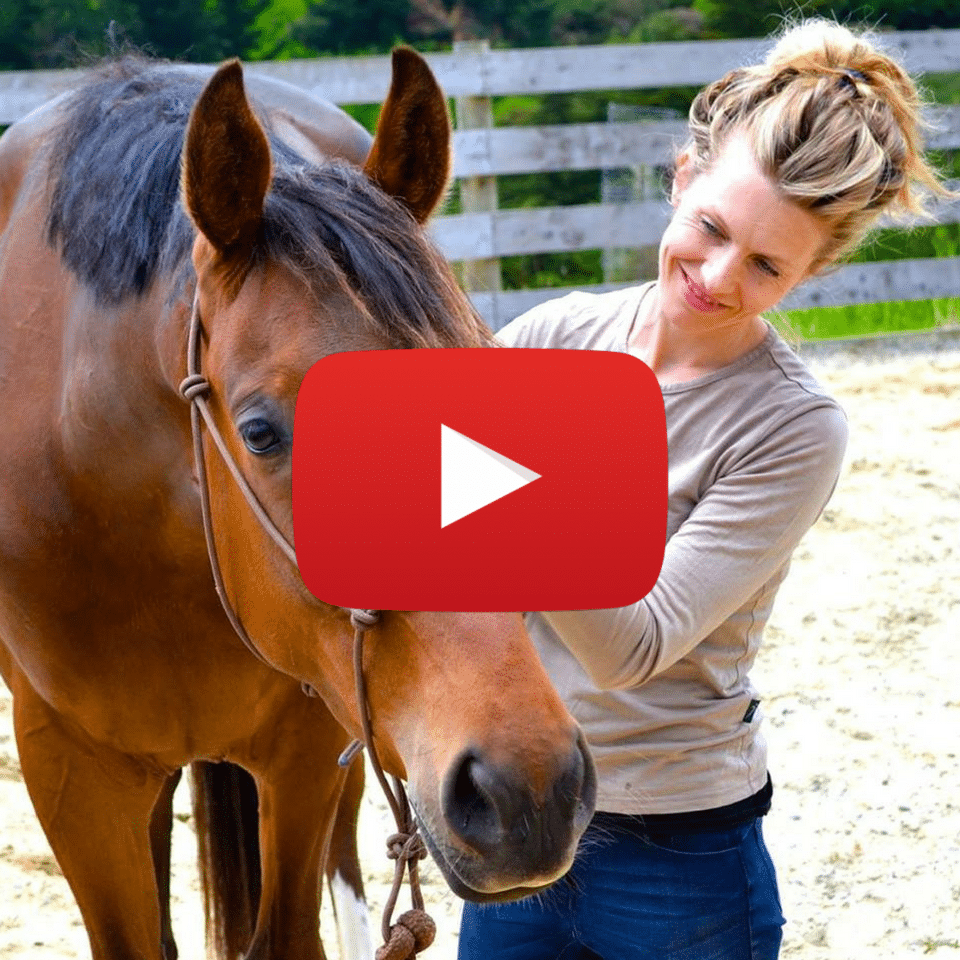Yesterday, we talked about mental models and maps, and I briefly mentioned how they were a function of our sympathetic nervous system. I thought we could expand on that briefly now. But before we get into that, let’s have a quick squiz at our brain.
My brain sends out motor patterns that are dependent on the sensory data (or lack of it) that is coming in. The two options that it has are:
a) Patterned responses (the parasympathetic nervous system)
b) Reflexive responses (the sympathetic nervous system)
Patterned responses require that I am taking the sensory information and making new decisions on what it means from moment to moment, based on the reality of my situation. It means that I am responding in a way that’s true to the moment, and able to be adaptive and in sync as a result.
Reflexive responses are my brain’s way of staying efficient. In essence, when we feel that we “know” about something- we have a story about it, a label for it, a diagnosis of some form- our brain decides it doesn’t have to put any leg work into making sense of it and sends out the reflex in line with that thought.
It’s genius. Until it’s not.
The problem is that our stories and labels are often wildly subjective and do not represent the truth of the moment. So, whilst the mental models and labels that we attach to different situations CAN be useful, they are also what get us stuck in groundhog-day situations where we are chasing our own tails. We are no longer assessing the moment for what it is but instead likening it in our mind to something that came before and sending out the same response for that.
Your labels and stories are SO powerful. Not just as a form of pop psychology, but as a neurobiological, physiological reality. They shape how you respond. Take care with them.
Onwards.
❤️ Jane

